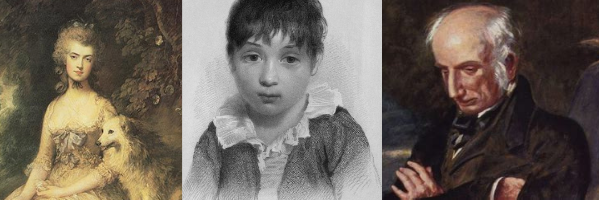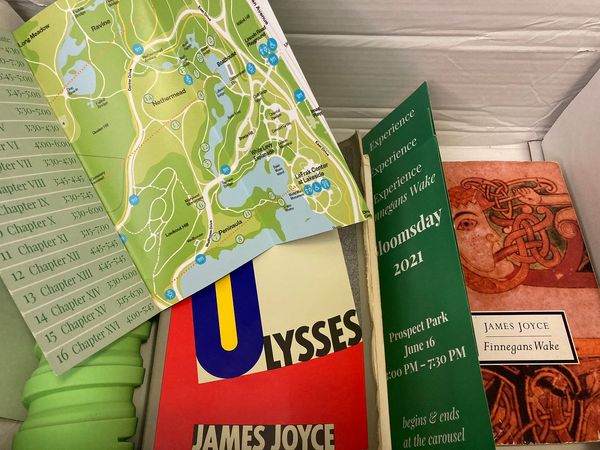Week 9: Post-Internet
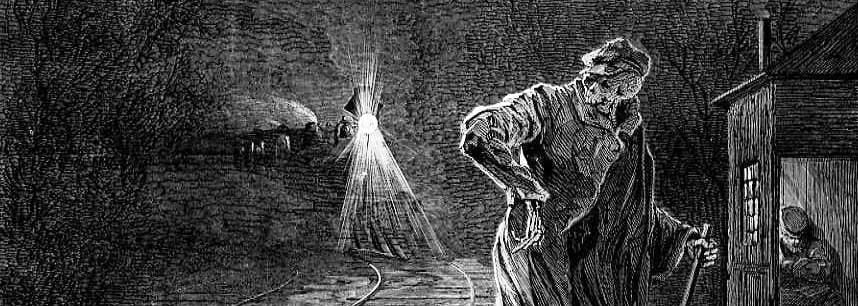
We last discussed Joshua Cohen's Book of Numbers, a digital-age tale of the 40 years in the desert awaiting the Promised Land. Next, for our final week, we turn back to Thomas Pynchon's Bleeding Edge. The latter tells of a moment of collapse, through which Cohen's fictional company Tetration (as with real-life companies such as Google) only got stronger. Following the dot-com bust, Pynchon's setting in 2011 has the impending September 11th terrorist attacks looming over the plot. Cohen suggests that tragedy initiated a new era in which there can no longer be any disconnect. One's ability to be present via mobile phone is no longer a luxury, but a continual proof-0f-life, a dynamic extended through hyperconnectivity to allow us to live through communication with machines.
In both Tim Maughan's Infinite Detail (March 2019) and Karen An-hwei Lee's The Maze of Transparencies (June 2019), we see not historical events but imagined collapses of the global Internet in the near-future. In neither case, however, is this used as an excuse to imagine a near-future which is what Toby Litt called "pseudo-contemporary" (to return again to my introduction). In distinct visions, Maughan and Lee present our high-tech world as holding a profound ghostly presence.
I wrote about these two texts in late May, and offer that earlier essay a distinct set of core thoughts:
"The Internet Is Already Gone – Now What?"
In late June, however, it was announced that Don DeLillo has a new novel, The Silence, coming out on October 20. In that book, "an unknown catastrophic event renders the digital world silent." In the post linked above, I offer some ideas about what makes this idea so powerful in Maughan and Lee's writings. As it recurs further, just a year later, I wanted to re-insert this idea of the post-Internet as a prominent element of the interrelation of literature and hyperconnectivity. After all, though there is a major tendency against writing which engages with hyperconnectivity, there are many examples outside of the scope of these 10 weeks. This is an overview of ten major ideas to give you a foundational sense of what's going on.
In Infinite Detail, one of the plotlines is that, in the future, though the Internet has been wiped out, one woman has found a pair of glasses which allow her to see records of the past appearing as like ghosts in her environment. This is enabled through technological means. The glasses had been connected not to the global Internet, but to a local mesh. Through this, Maughan imagines an alternative to our global Internet which would be less fragile and perhaps more conductive to community formation. (As a counter, a more near-future plot involves a long-distance relationship formed across the Atlantic. It is not as though nothing would be lost, but there are many variables.) For an exploration of the real-world fragility of hyperconnectivity, read this interview, in which Maughan discusses his writing and experience with container ships.
The value in the fictional vision, however, is not in providing a prescriptive suggestion for the handling of real-world networks and logistics, though exposure to varied ideas can inspire one in practical ways. Consider as well the upcoming film written by Maughan, Where the City Can't See, which is "shot using the same scanning technologies used in autonomous vehicles, we see this near future city through the eyes of the robots that manage it."
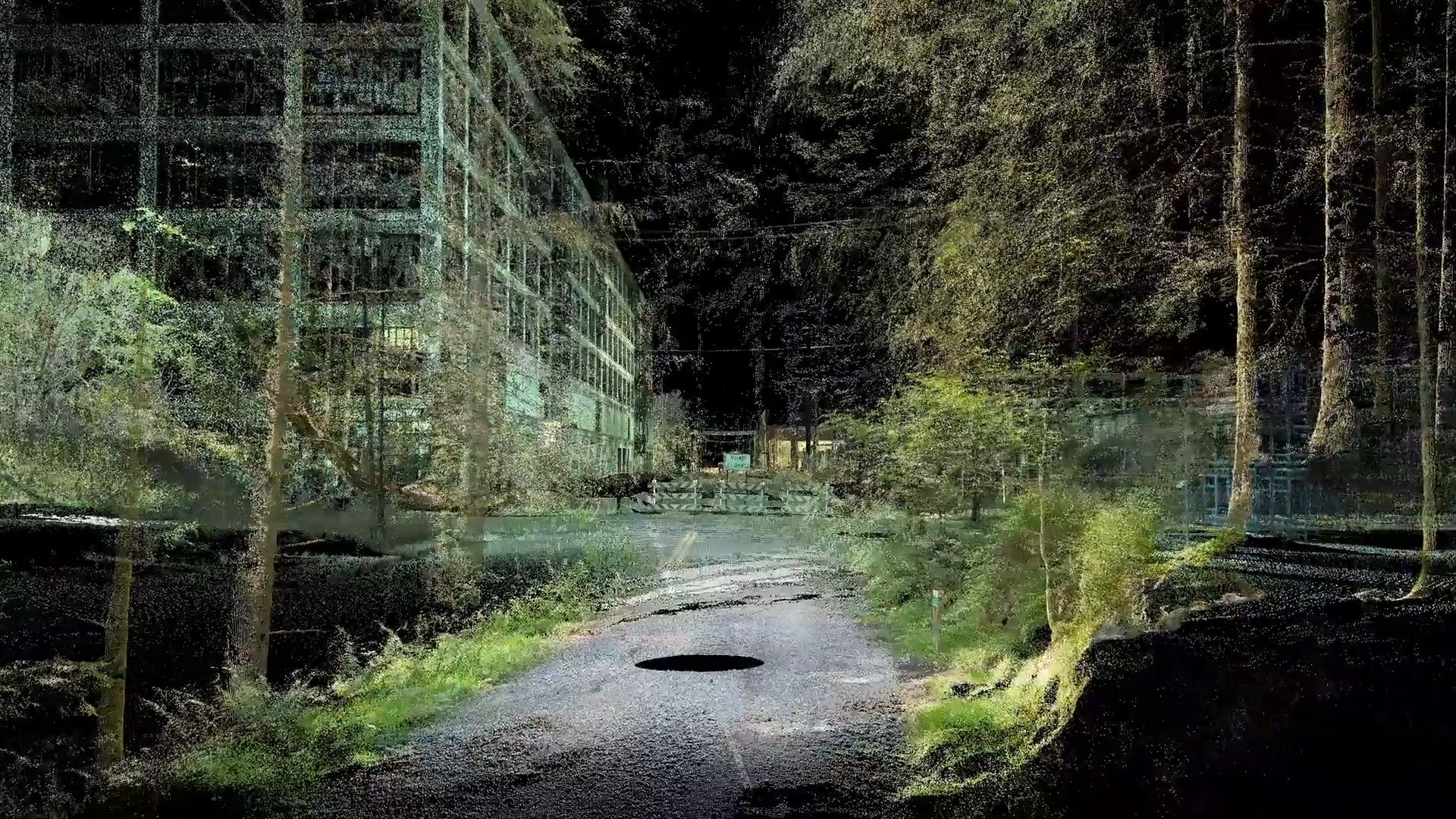
Laser beams map distance and provide a rough image of the world as scattered specks of light. This has practical use, but can also – in the cyberpunk sense of the street finding its own use for things (via William Gibson) – inform our more personal understanding of ourselves within hyperconnectivity.
The Maze of Transparencies, which has its own interests in the monitored and the invisible, is premised around a "jellyfish network." This image extends in additional ways, such as with the data cloud narrator's experience with pod-schooling. Lee writes of the challenges of metaphor, and a war against figurative language, yet without such language, cyberspace as what Gibson called a "consensual hallucination" cannot work. In the final chapter of Jaron Lanier's manifesto, You Are Not a Gadget, he imagines possible evolutionary futures, and proposes that "Cephalopods + Childhood = Humans + Virtual Reality." Cephalopods' ability to morph, he imagined in 2010, would be particularly valuable in a high-tech future, and virtual reality allows us "to improvise ourselves into different forms." This is also, however, a language issue. Lanier goes on to say,
Suppose we had the ability to morph at will, as fast as we can think. What sort of language might make that possible? Would it be the same old conversation, or would we be able to "say" new things to one another? ... I call this possibility "postsymbolic communication." ... We'd then have the option of cutting out the "middleman" of symbols and directly creating shared experience. A fluid kind of concreteness might turn out to be more expressive than abstraction.
I see The Maze of Transparencies as concerned with what would then be lost. Lee does still, though, share a formal interest in cephalopods.
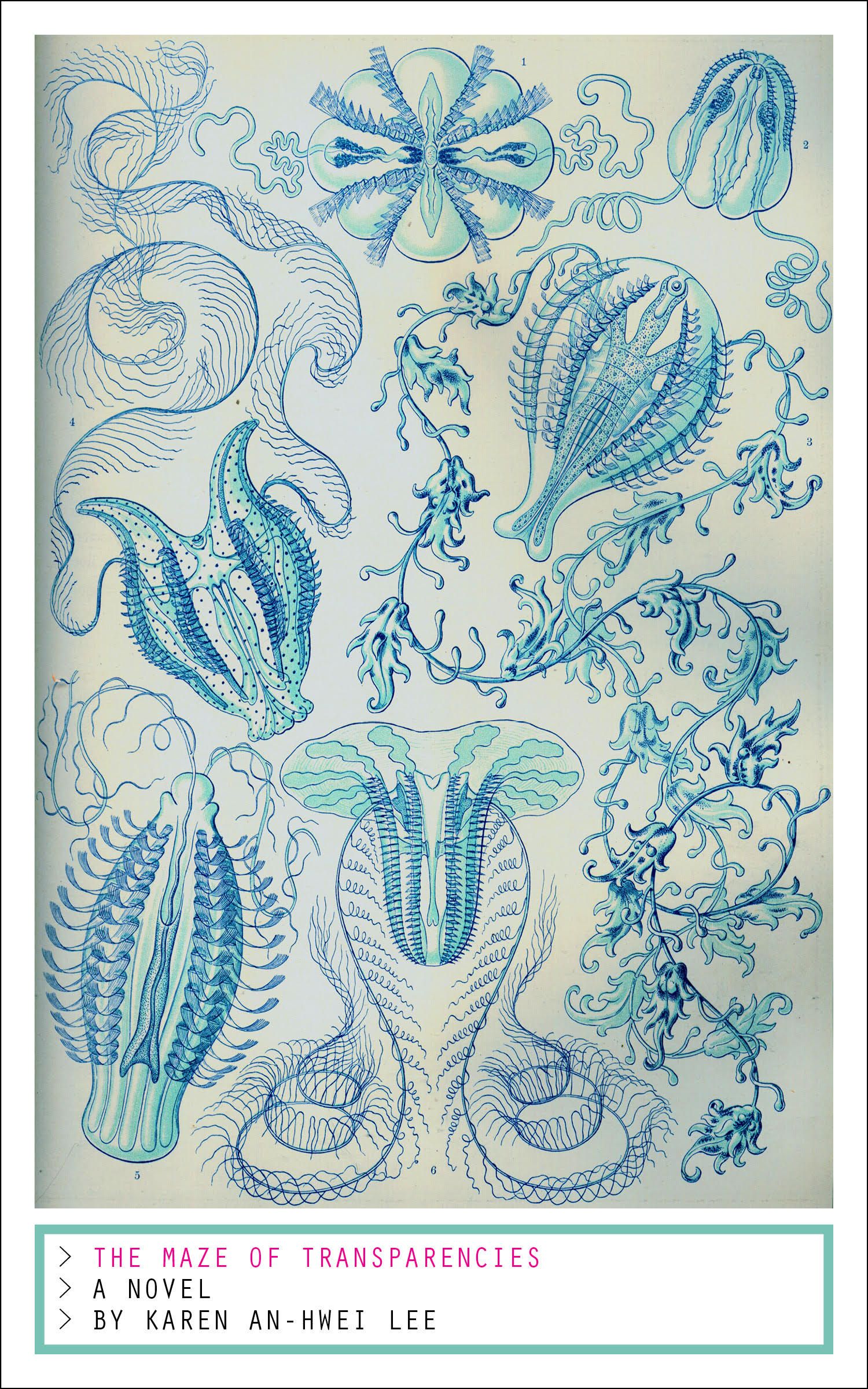
Looking at these two novels side-by-side, I am reminded of debates over first principles in Presocratic philosophy. Thales argued for water as the originating principle of all nature. Later, Heraclitus presented fire as the origin of all things. These claims have metaphysical value, but also metaphorical. When we strip away the infrastructure and interfaces of our current Internet, and imagine instead a more general post-hyperconnected world, is its fundamental nature as water or as flame?
Next week, we will conclude, on September 11th, with Bleeding Edge, with all its death, destruction, and conspiracy. As Pynchon imagines there, the sort of paranoid conspiracies which animated his own writing for decades is a central inheritance of cyberspace. BuzzFeed, notably, announced just a couple hours ago that it will no longer be referring to QAnon as a "conspiracy theory." It will instead refer to it as a "collective delusion." QAnon is, thus, cyberspace itself, an element which would outlive a catastrophic collapse of the global Internet.
"Marauders, nameless, faceless, dressed in black. Probably hired by the Federal government. Those suppressions were brutal."
"Couldn't it have been a rival carrier?"
Fallopian shrugged. Oedipa showed him the WASTE symbol, and he shrugged again.
- The Crying of Lot 49
This is Week 9 of a 10-week course of study in the intersection of Literature & Hyperconnectivity. Consider subscribing below. You'll get future entries in your inbox, as well as announcements of future projects and details on occasional events. On September 5, at 2 PM EDT / 7 PM BST, this post is being followed up by a live discussion with Karen An-hwei Lee and Tim Maughan. If you sign up between now and then, I will be sure to email you details to join.




